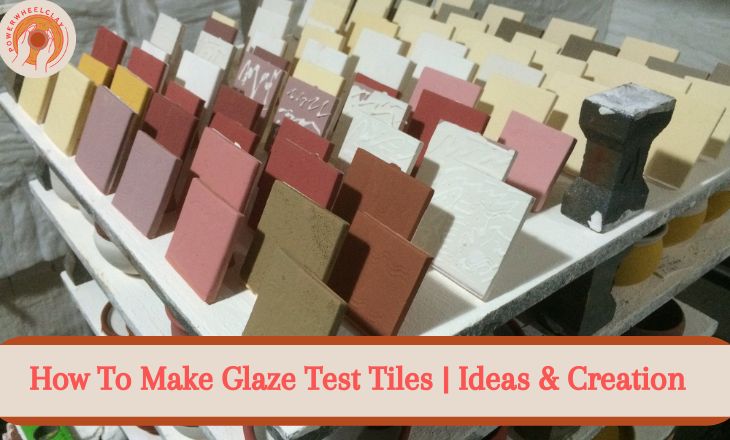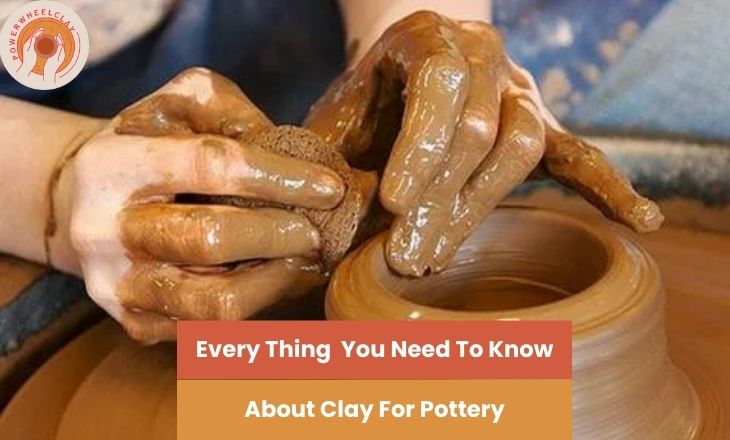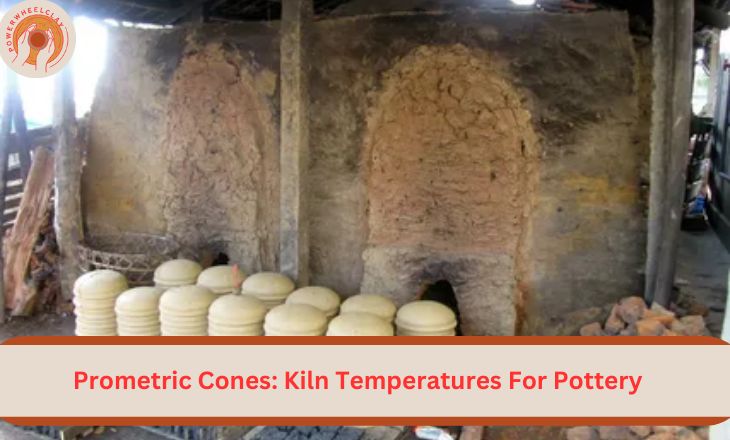“Crafting Vibrant Glaze Test Tiles: A Step-by-Step Guide”
From vibrant hues to subtle textures, ceramic glaze test tiles offer a playground for ceramic artists to explore endless possibilities and unleash their imaginations. Each glaze test tile tells a unique story, capturing the essence of an artist’s creative journey in its glossy surface.
These miniature masterpieces serve as both practical tools for testing new formulas and inspiring works of art in their own right. Step into a world where experimentation knows no bounds, where every brushstroke and firing transforms humble clay into a canvas with beauty and innovation.
Discover The Magic Of Ceramic And Glaze Test Tiles| Ceramic Test Tiles Ideas
When you dip your brushes into the world of ceramic art, glaze test tiles serve as your trusty companions, guiding you through a spectrum of colors and textures. Each swipe of glaze on these tiles offers a glimpse into the transformative nature of ceramics, showing how a single layer can alter its appearance dramatically.

By creating and analyzing these test tiles, artists gain invaluable insights into how different glazes interact with each other and with various firing techniques. The magic lies in decoding these interactions, empowering artisans to strategically plan their artistic journey towards achieving that perfect finish on their pottery pieces.
The Essentials Of Crafting Test Tiles
Once you have centered your clay and gathered the essential tools, it’s time to consider the glaze for your test tiles. Experimenting with different glazes can elevate your work and add depth to your creations.
The firing process plays a significant role in how the glaze will interact with the clay, so follow the recommended temperature guidelines for optimal results.
- Don’t limit yourself to traditional shapes and sizes when crafting test tiles.
- Get creative and explore different forms that can showcase various glazes in unique ways.
- Embrace experimentation and imperfection as part of the creative journey toward mastering the art of glazing test tiles.
The Wonderful Word Of Test Tiles
Each tile represents a miniature world of possibilities, showcasing how a particular glaze interacts with different application methods and firing temperatures. This hands-on experimentation allows you to fine-tune your understanding of glazes, enabling you to make more informed decisions when it comes to your final ceramic pieces.

Test tiles offer a practical advantage by helping you avoid potential disappointments in the kiln. By observing how certain glazes appear after firing on these small surfaces, you can prevent any unwelcome surprises on your carefully crafted pottery items.
This proactive approach minimizes the risk of ruining hours of hard work due to incompatible glaze combinations or unexpected reactions during the firing process. incorporating test tiles into your workflow not only enhances your creative journey but also ensures that each piece you create reaches its full aesthetic potential through thoughtful planning and experimentation.
Embarking On The Test Tile Creation Journey
As you shape the clay into a large, round donut, embrace the possibilities of experimentation and discovery that lie ahead. Each test tile serves as a blank slate, waiting to showcase the intricacies of different glazes and firing techniques.
The process of creating test tiles is not just about practicality; it’s an art form in itself. Pay attention to details like thickness, texture, and how colors interact with each other. These small yet significant elements play a crucial role in understanding the behavior of glazes during firing.
Embrace this opportunity to dive into the world of ceramics with curiosity and enthusiasm, knowing that each test tile holds the potential for unexpected beauty and inspiration.
Preparation And Crafting Of Test Tiles
Once your clay creations have been carefully sculpted and dried, it’s crucial to bisque-fire them before diving into the world of glazing. The bisque firing also prepares the surface of your pieces for better glaze adhesion, ensuring a more successful outcome in the final firing.

When preparing test tiles for glazing experiments, pay close attention to the type of clay body you’re using as different clays react differently to various glazes. Creating a variety of test tiles with different thicknesses and textures can help you understand how each glaze interacts with the clay body.
Remember that testing on these smaller samples will save you potential disappointment on your main pieces, allowing you to explore new color combinations and techniques confidently.
Consistent Small Batches
Potters can systematically build their knowledge of glazes over time by consistently creating small batches of test tiles and incorporating them in each kiln firing cycle.
This method allows for the exploration of various glaze combinations and helps understand how different factors such as temperature and application techniques affect the outcome.
Working with consistent small batches also encourages creativity and experimentation in pottery-making. It provides artists with a low-risk environment to play with new ideas and push the boundaries of traditional glazing techniques.
Large Scale Testing
Large-scale testing in pottery can be a game-changer for artists looking to broaden their glaze options. With around a hundred test tiles at your disposal, the possibilities become endless.
This method allows for extensive exploration of various glaze effects and combinations, unveiling surprising outcomes and sparking creativity in unexpected ways. By engaging in large-scale testing, potters can venture beyond their comfort zones and discover new avenues for artistic expression.
The process of creating a multitude of test tiles fosters a deeper understanding of how different glazes interact with each other. Artists can observe firsthand how colors blend and textures complement one another, leading to informed decisions when working on final pieces.
Creating Different Types Of Test Tiles

Flat Test Tiles
This type of test tile provides artists with a smooth, even surface to experiment with various glazes and techniques. ceramic artists can observe how different glazes interact with each other and the clay body, leading to unique and unexpected results.
When creating different types of test tiles, consider experimenting with layering multiple glazes on a single flat tile or testing out various application methods such as brushing, dipping, or spraying.
Exploring the nuances of color, texture, and finish on flat test tiles can inspire new approaches to ceramic art-making.
Vertical Test Tile
By creating different types of test tiles, artists can observe how the glazes interact when applied vertically, providing a unique perspective that may differ from the horizontal application. This method allows for a better understanding of the viscosity, color variation, and overall behavior of each glaze.
One exciting aspect of vertical test tiles is the opportunity to explore gravity’s influence on the glaze application process. experimenting with multiple layers or combinations of different glazes on vertical test tiles can lead to unexpected results that inspire further creativity in ceramic art creation.
Throwing Test Tiles
Throwing test tiles allows artists to push their boundaries and explore new possibilities without committing to larger projects. It’s a way to play with colors, textures, and forms in a low-stakes environment that encourages creativity and innovation.
Ceramic artists can hone their skills, discover new techniques, and cultivate their artistic vision in unexpected ways.
Conclusion
Glaze test tiles are an essential tool for ceramic artists seeking to achieve the desired results in their work. By understanding how different glazes interact with various clay bodies and firing temperatures, artists can unleash their creativity and push the boundaries of their craft.
With patience and experimentation, the possibilities are endless in the world of ceramics. Take the time to create your glaze test tiles and unlock a world of artistic potential at your fingertips.
FAQs
Why Glazing Is Used In Tiles?
Glazing is used in tiles for several reasons.it enhances the aesthetic appeal of the tiles by providing a smooth, glossy finish that can come in a variety of colors and patterns.
What Is The Life Of Glazed Tiles?
The lifespan of glazed tiles can vary depending on various factors such as the quality of the tiles, installation techniques, and maintenance practices. On average, well-maintained glazed tiles can last anywhere from 10 to 15 years.






